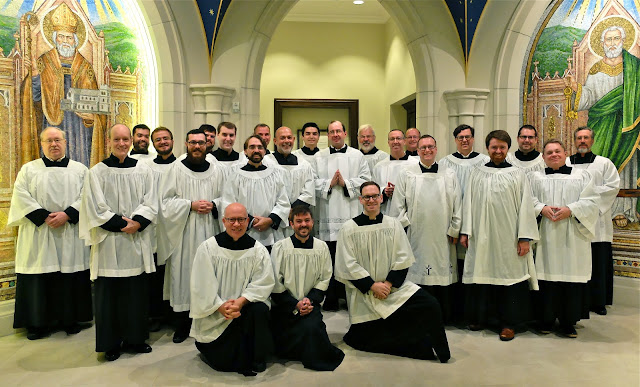Physical Distancing vs Social Distancing
Amy Banks, MD, at Psychology Today, has written a concise and balanced article entitled Social vs. Physical Distancing: Why It Matters. She writes:
Social distancing, as it has been presented, can feel like that. In fact, in my work with trauma survivors during this time, I have heard people describe feeling trapped and threatened again. That is not sustainable. Becoming socially isolated may keep the majority of us alive, but not well.
By naming the national strategy as physical distancing rather than social distancing and emphasizing the need for human connection, we can stay safe from the virus but also hold onto the heightened need we all have for one another right now.
Dr. Banks acknowledges what this blogger and many others have shared:
The few times I have ventured out to a grocery store or for a walk around my neighborhood, I've seen people not only keeping distant from one another but also seeming afraid. They pass each other on the street or in a store without looking at each other or exchanging greetings.
Another commentor states:
It comes down to the connotations of the words themselves, health officials say. “Social distancing” doesn’t put the emphasis where it belongs.
The phrase 'social distancing' lends itself to classism, for one. "I am a member of a respectable, financially secure and connected social class. Of course I'm going to distance myself from smelly lowlifes and ne'er-do-wells." Governments are trying to promote physical space between people to slow the spread of covid19. An inaccurate phrase, wordsmiths will tell you, may be perceived in this instant as an attempt to drive a wedge between people of differing economic or cultural backgrounds. The phrase "social distancing", as convenient as it may have initially been to foster a health program, should be retired for reasons mentioned.
And the big-wigs have gotten on board:
The World Health Organization (WHO) has started using the phrase "physical distancing" instead of "social distancing" as a way to prevent the spread of the novel coronavirus from people to people, a move widely welcomed by experts as a step in the "right direction".
At a daily news briefing on March 20, officials of the global health body said while maintaining a physical distance was "absolutely essential" amid the global pandemic, "it does not mean that socially we have to disconnect from our loved ones, from our family."
Damage has been done by the use of the phrase "social distancing", noted briefly by Dr. Banks. Fear has been magnified. Was that outcome intended by those who introduced the phrase? Fear can be a strong motivator for a change in behaviour. Once fear has spread to a level rivaling the effects of a viral pandemic, a flux is created whereby people are made malleable and ready to accept anything that sounds like a cure, or a mechanism that will offer them protection from harm.
One cannot be naive by avoiding the argument that choice of language in a near global relativistic culture is anything less than calculated for a fine purpose. Conspiracies aside, it is reasonable to propose, at least, that having encountered the resistance of psychologists and informed social commentators, pundits and politicians are modifying their newspeak to avoid criticism and the serious fallout that has developed:
“We started with the term ‘social distancing’ and I think some people didn’t quite understand what that meant, and they were worried that it might cause social isolation,” said Dr. Jeff Kwong, an infectious disease specialist and associate professor in the Department of Family and Community Medicine at the University of Toronto.
It is right, then, that we should challenge the meme-ists by insisting on a refinement of language that better respects human dignity, human resiliency and human relationships.
The government, media organizations and meme creators have all embraced the term “social distancing” when discussing how to stem the coronavirus pandemic. But Daniel Aldrich, a professor of political science and public policy at Northeastern University, is concerned that the term is misleading and that its widespread usage could be counterproductive. The World Health Organization has come to the same conclusion. Last week, it started using the term Aldrich prefers: “physical distancing.”
Aldrich says efforts taken to slow the spread of the coronavirus should encourage strengthening social ties while maintaining that physical distancing. In a tweet, he lauded young people running errands for elderly neighbors for practicing “social connectedness with physical distance.”
“These social ties are the critical element to getting through disasters,” said Aldrich. As director of the Security and Resilience Program, he researches how communities show resilience under major shocks, such as war, natural disasters and pandemics, focusing on the role of networks and cohesion.To put the matter succinctly, in words even the most ideologically driven relativist can understand, in the matter of slowing the spread of a disease while honouring the human spirit:
- social distancing = inappropriate.
- physical distancing = appropriate.

.jpg)





Comments
Post a Comment
Your comments will be appreciated and posted if 1) they are on topic and 2) preserve decorum.
Stand by your word.